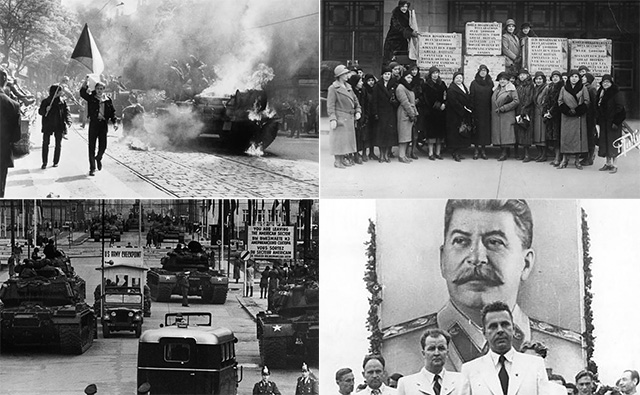Exploring Twentieth-Century History

Exploring Twentieth-Century History
For a long time, history curricula on the 20th century prioritised the narrative of a slide from World War I to World War II and fascism above many other topics. But the history of the 20th century is both far more complicated and far more interesting than that. For the historians writing here, the century was defined by the explosive global impact of World War I; by the global consequences of the 1917 revolution; by persistent ideas about empire, civilisation and race; by the spread of decolonisation and economic nationalism across the globe; by the transformation of China; by new ideas about human rights; by the radical transformation of attitudes towards gender, religion, money, consumption, sexuality, leisure and the environment; by a synthesis of new and old models of international co-operation; and by the mass movement of people.
Part and parcel of 20th-century history as presented here is an ever-evolving historiography that tries to narrate and explain it. Influential works such as Eric Hobsbawm’s Age of Extremes, first published in 1994, were shaped by the authors’ responses to the ideas and assumptions of their era. This is not to suggest they were wrong; but what seemed important and obvious to the authors of the pre-1990s histories of the century often looked rather different to later eyes. Historical interpretations develop as contexts change and new perspectives are brought to bear on familiar material. Now, almost two decades into the twenty-first century, new features of the twentieth century are coming into focus, as ongoing debates in the present are spilling into interpretations of the past.
This collection of articles by academic historians includes five overview essays – one talks about ways to
conceive of the twentieth century as a whole, while the other four each introduce a specific period or ‘chapter’ of the century, juxtaposing both older and newer ways to think about chronology, periodisation, and some
of the latest developments in the historiography. These are followed by two articles on 20th-century sources.
Overviews
-
The changing shapes of Europe's 20th century - Martin Conway
-
What is interesting about the World Wars? - Robert Gildea
-
What is interesting about the interwar period? - Daniel Laqua
-
When was the post-war? - Jessica Reinisch
-
What is interesting about the Cold War? - Eirini Karamouzi
Twentieth-century sources
-
How is the source base of the 20th century different from that of other periods? - Julia Laite
-
What difference has the opening (and closing) of archives after 1991 made to the historiography of the Cold War? - Sarah Marks
These articles are extracted from Exploring and Teaching Twentieth Century History.

